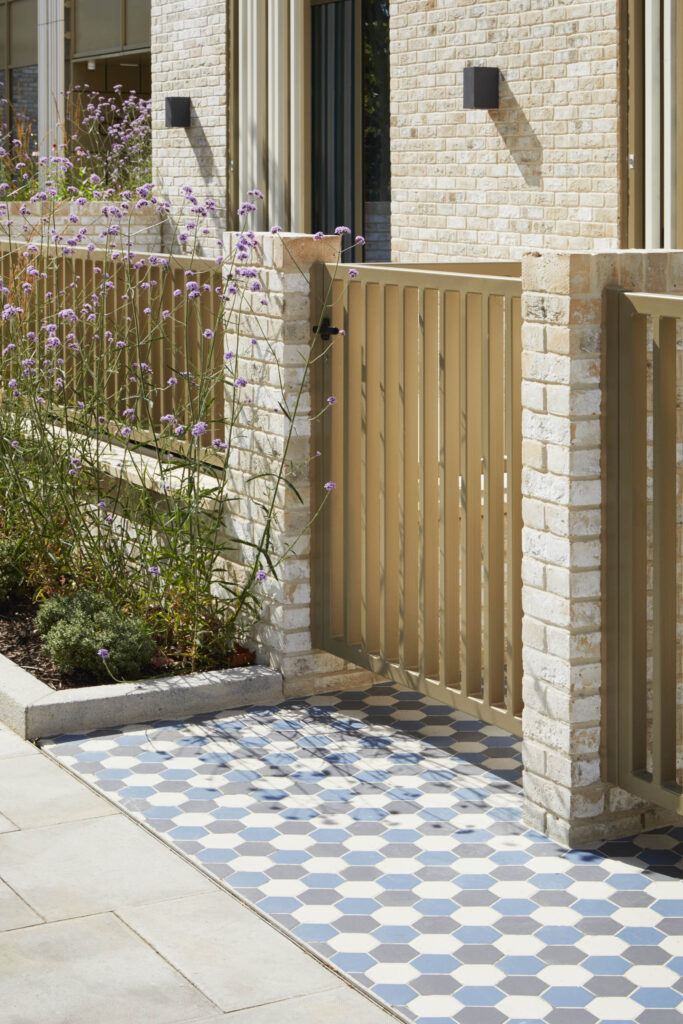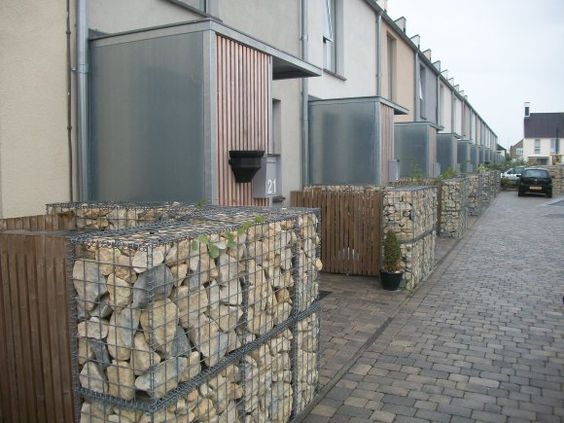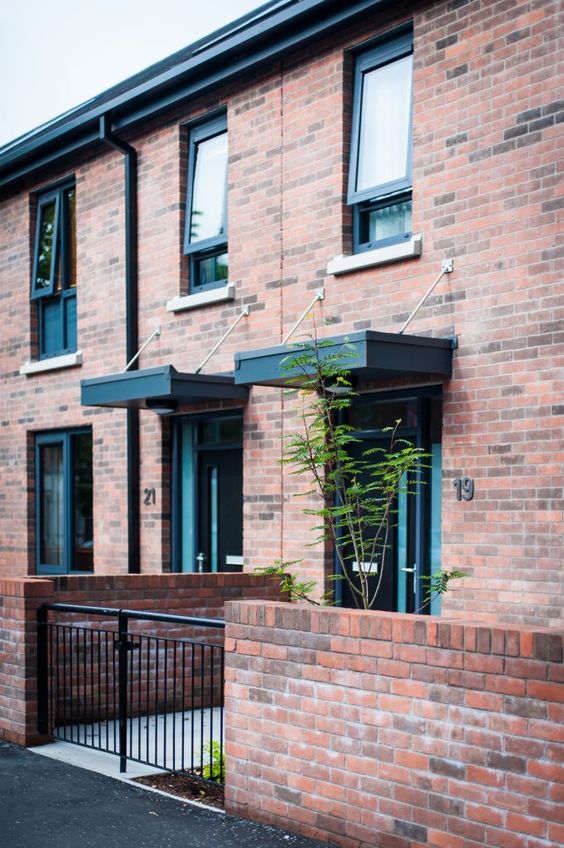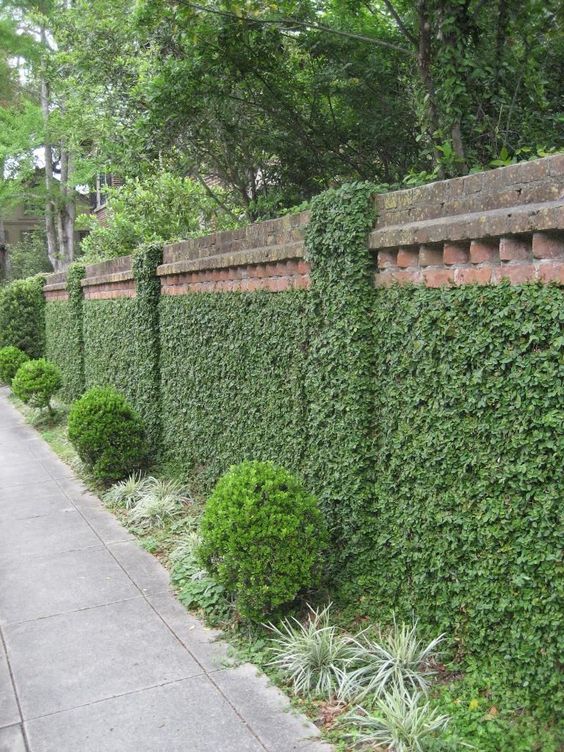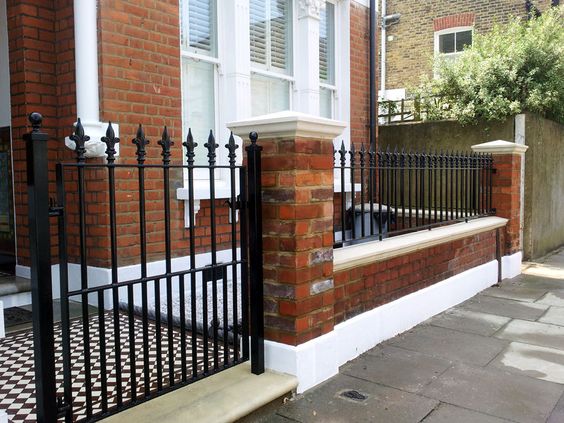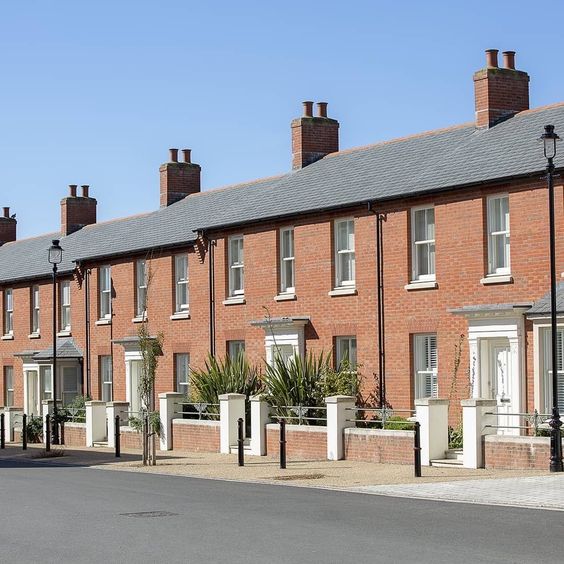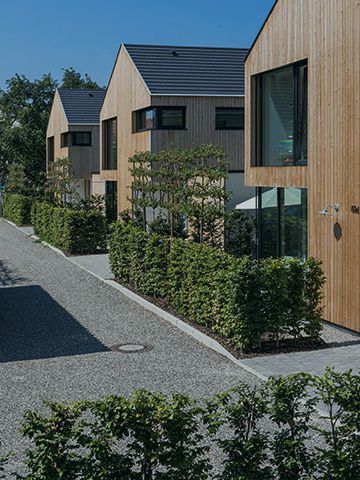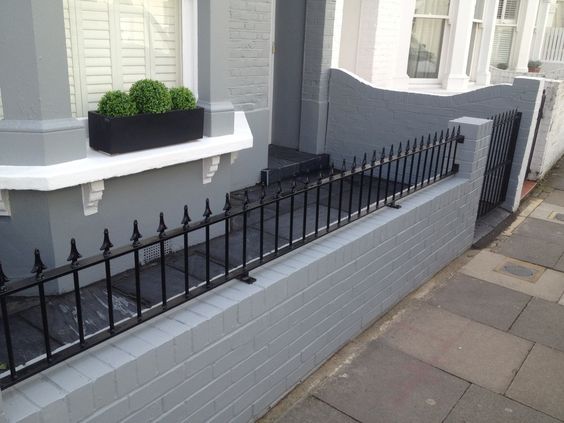Accessibility – Accessibility means that people can do what they need to do in a similar amount of time and effort as someone that does not have a disability. It means that people are empowered, can be independent, and will not be frustrated by something that is poorly designed or implemented.
Active Frontage – Making frontages ‘active’ adds interest, life and vitality to the public realm.
This means:
- frequent doors and windows, with few blank walls;
- narrow frontage buildings, giving vertical rhythm to the street scene;
- articulation of facades, with projections such as bays and porches incorporated, providing a welcoming feeling; and, on occasion,
- lively internal uses visible from the outside, or spilling onto the street.
Active travel – Making journeys by physically active means like walking, wheeling or cycling, rather than motor vehicle.
Amenity – The desirable or useful features of a building or place which support its ongoing use and enjoyment by building occupants, residents, visitors, workers etc. It is usually understood to mean visual and aural amenity. Factors relevant to amenity include the general characteristics of the locality (including the presence of any feature of historic, architectural, cultural or similar interest), daylight, sunlight, outlook, privacy, air quality, effects of wind, odour, noise and vibration. Amenity should be preserved, so potential impacts need to be assessed and managed.
Appearance – Appearance describes the aspects of a building or space within the development which determine the visual impression the building or space makes, including the external built form of the development, its architecture, materials, decoration, lighting, colour and texture. In the case of a space, its landscape also influences its appearance.
Area Coding Plan – Trafford’s Area Coding Plan shows the areas within Trafford that the code will apply to along with the distribution of the area types. The plan also identifies the location of ‘New Places’ within the Borough. This plan shows the area to be covered by the Code and divides this up into a series of area types as described in the key.
Area type – Parts of the local area that share common features and characteristics. Common rules and parameters can then be applied to each area type.
Articulation – Architectural composition in which elements and parts of the building are expressed logically, distinctly, and consistently.
Biodiversity – This refers to the variety of plants and animals and other living things in a particular area or region. It encompasses habitat diversity, species diversity and genetic diversity. Biodiversity has value in its own right and has social and economic value for human society.
Building core – The core of a building is usually a square or rectangular concrete tube which houses its interior elements such as staircases, lift shafts and pipes.
Character – Character includes all of the elements that go to make a place, how it looks and feels, its geography and landscape, its noises and smells, activity, people and businesses. This character should be understood as a starting point for all development. Character can be understood at three levels; the area type in which the site sits, its surroundings and the features of the site.
Coherent skyline – A range of buildings that create a clear urban signature and defines the area’s identity.
Communal open space – Open spaces forming part an estate or block intended for use by residents of the respective estate or block. They are distinguished from publicly accessible open spaces or other public land open to members of the public by clearly defined boundaries.
Community facilities – Facilities such as libraries, places of worship, halls for hire, youth space and training and meeting space. This list is not exhaustive and other uses can be included.
Context – The context includes the immediate surroundings of the site, the neighbourhood in which it sits and the wider setting. The context may include the physical surroundings of topography, movement patterns and infrastructure, built form and uses. An understanding of the context, history and character of an area must influence the siting and design of new development.
Design code – A set of illustrated design requirements that provide specific, detailed parameters for the physical development of a site or area.
Design guide – A document providing guidance on how development can be carried out in accordance with good design practice, often produced by a local authority.
Design vision – A clear articulation of what an area should be like in the future, developed with the local community.
Detailing – The details of a building are the individual components and how they are put together. Some are a deliberate part of the appearance of a building, including doors, windows and their surrounds, porches, decorative features and ironmongery.
Others are functional, although they can also contribute to the appearance of a building. These include lighting, flues and ventilation, gutters, pipes and other rainwater details. Detailing affects the appearance of a building or space and how it is experienced. It also affects how well it weathers and lasts over time.
Dual aspect – Dual aspect houses or apartments have been designed to have [openable] windows on two or more walls, allowing for increased levels of natural daylight, sunlight and cross ventilation.
Form – Form is the three-dimensional shape and modelling of buildings and the spaces they define. Buildings and spaces can take many forms, depending upon their: size and shape in plan; height; bulk – their volume; massing – how bulk is shaped into a form; building lines – the alignment of building frontages along a street; and relationship to the plot boundary – and whether they share party walls or not. In the case of spaces, their form is influenced by the buildings around them.
Green Roof – A green roof is a roof or deck onto which vegetation is intentionally grown or habitats for wildlife are established. An extensive green roof is a roof with shallow substrate depths with limited vegetation, formed typically of grasses.
An intensive green roof has a substantial substrate depth, allowing for a greater variety of and intensity of vegetation to be planted.
Habitable rooms – Any room used or intended to be used for sleeping, cooking, living or eating purposes.
Heritage asset: A building, monument, site, place, area or landscape identified as having a degree of significance meriting consideration in planning decisions, because of its heritage interest. It includes designated heritage assets and assets identified by the local planning authority (including local listing).
Housing type / typology – Types of housing can include:
1) House (detached, semi-detached, terraced);
2) Bungalow; and
3) Apartment.
Human scale – The use within development of elements which relate well in size to an individual human being and their assembly in a way which makes people feel comfortable rather than overwhelmed.
Identity – The identity or character of a place comes from the way that buildings, streets and spaces, landscape and infrastructure combine together and how people experience them.
Inclusive design – Inclusive design creates an environment where everyone can access and benefit from the full range of opportunities available to members of society. It aims to remove barriers that create undue effort, separation or special treatment, and enables everyone to participate equally in mainstream activities independently, with choice and dignity.
Landmark – A building or structure that stands out from its background by virtue of its design and architectural quality, height, size or some other aspect of design.
Landscape – Landscape is the treatment of land (other than buildings) for the purpose of enhancing or protecting the amenities of the site, the area in which it is situated and the natural environment. Landscape includes landform and drainage, hard landscape such as surfacing, boundary treatments, street furniture and play equipment. It also includes soft landscape – trees, shrubs and other planting.
Layout – A layout shows how routes and blocks of development are arranged and relate to one another to create streets, open spaces and buildings. It defines: the structure or settlement pattern; the grain – the pattern of development blocks and plots; and the broad distribution of different uses, and their densities or building heights.
Legibility – The degree to which a person understands and recognises characteristics about an area or building which help them to navigate around an area, or understand a building.
Living spaces – Living spaces can comprise dining rooms, lounges, kitchens, children’s play areas, offices, libraries, recreational spaces. These rooms should be adequate size, well-lit and connected to the house. A kitchen combined with another use such as lounge / diner, will be considered a living space.
Local distinctiveness – The positive features of a place and its communities which contribute to its special character and sense of place.
Materials – The materials used for a building or landscape affect how well it functions and lasts over time. They also influence how it relates to what is around it and how it is experienced. The scale, form and appearance of a building influence what materials may be appropriate for its construction. Materials should be practical, durable, affordable and attractive. Choosing the right materials can greatly help new development to fit harmoniously with its surroundings.
Mixed use developments – A well-integrated mix of different land uses which may include retail, employment, leisure and other service uses with decent homes of different types and tenures to support a range of household sizes, ages and incomes.
Modern Methods of Construction (MMC) – A fast way of delivering buildings by maximising the efficiency of material and human resources and focuses on off-site construction techniques, such as mass production and factory assembly, as alternatives to traditional building techniques.
Multifunctional network (in landscaping and nature) – A multifunctional network integrates existing, and incorporates new natural features which support quality of place, biodiversity and water management, and addresses climate change mitigation and resilience.
New Places – New Places are sites which are specifically allocated in the development plan (either adopted or emerging). These ‘New Places’, ‘High Density, High Rise’ and ‘Low Density, Low Rise’ – comprise Pomona, Trafford Wharfside and Trafford Waters which are identified as Strategic Locations in the adopted Core Strategy, the Civic Quarter with its own Area Action Plan, plus the now well advanced New Carrington and Timperley Wedge allocations from Places for Everyone.
Passive electric vehicle (EV) charging infrastructure – These are parking spaces that are easily adaptable to accommodate electric vehicles. Passive provision requires the necessary underlying infrastructure (e.g. capacity in the connection to the local electricity distribution network and electricity distribution board, as well as cabling to parking spaces) to enable simple installation and activation of a charge point at a future date.
Permeability – The degree to which an area has a variety of pleasant, convenient and safe routes through it.
Place making – Recognising the distinctiveness of individual locations in plans, policies and proposals, and responding accordingly.
Private amenity space – Private outdoor space accessible by an individual dwelling unit, in the form of gardens, balconies, roof terraces.
Public open space – Spaces such as public parks, pocket parks, woodlands, civic spaces and other open spaces with established and unrestricted public access. Public open spaces can offer important opportunities for sport and recreation and can act as a visual amenity. They may be owned and/or managed by either a Local Authority or management company.
Public realm – This is the space between and within buildings that is publicly accessible, including streets, squares, forecourts, parks and open spaces.
Scale – Scale is the height, width and length of each building proposed within a development in relation to its surroundings. This relates both to the overall size and massing of individual buildings and spaces in relation to their surroundings, and to the scale of their parts. It affects how a space can be used and how it is experienced. The relationships between the different dimensions of a building or component are known as its proportions.
Sense of place – A sense of place is the unique collection of qualities and characteristics that makes one town or development different to another. It lends meaning or attachment to a development or place, transforming it into a home, a neighbourhood, or a community. A sense of place is also what makes our physical surroundings worth caring about.
Setting of a heritage asset: The surroundings in which a heritage asset is experienced. Its extent is not fixed and may change as the asset and its surroundings evolve. Elements of a setting may make a positive or negative contribution to the significance of an asset, may affect the ability to appreciate that significance or may be neutral.
Shared private amenity space – An amenity space, usually a garden area in an apartment scheme, which can be accessed by all residents but not the public.
Social model of disability – Trafford follows the social model of disability which holds that people with impairments are ‘disabled’ by the barriers operating in society, including physical barriers linked to the physical and built environment.
Street rhythm – Typical urban patterns and characteristics which are evident in a street scene. This may include the massing and proportion of buildings and building elements, the quality and type of street frontages, and the quality and types of public spaces.
Streetscene – All spaces and features which form the street environment, including buildings, street furniture, fittings and finishes and green infrastructure and open spaces.
Streetscape – Streetscape is a term used to describe the natural and built fabric of the street, and defined as the design quality of the street and its visual effect, particularly how the paved area is laid out and treated. It includes buildings, the street surface, and also the fixtures and fittings that facilitate its use – from bus shelters and signage to planting schemes.
Street furniture – The collective name used for all furniture, fittings and objects in the external areas of buildings, landscapes and streets for the benefit of the public. This can include benches, post boxes, cycle stands, traffic lights, street lamps, traffic signs, outdoor sculptures, and waste bins that are seen on the street.
Street hierarchy – Categorises street and roads according to their functions and capacities.
Sustainable drainage systems (SuDS) – SuDS are a natural approach to managing drainage in and around properties and other developments. Sustainable drainage measures are ones which avoid adding to flood risks both at a development site and elsewhere in the catchment by replicating natural drainage processes. SuDS work by slowing and holding back the water that runs off from a site, alleviating flooding and allowing natural processes to break down pollutants.
Tall building – A tall building is defined as one that is six storeys or more.
Urban grain – The pattern of the arrangement of street blocks, plots and their buildings in a settlement. The degree to which an area’s pattern of blocks and plot subdivisions is respectively small and frequent (fine grain), or large and infrequent (coarse grain). Urban grain is a key component of defining the character of a place.
Urban Greening Factor (UGF) – UGF is a tool used to improve the provision of green infrastructure and increase the level of greening in urban environments. It enables major developments to demonstrate how they have included urban greening as a fundamental element of site and building design.
View – What is visible from a particular point.
Vista – An enclosed view, usually a long and narrow one.
Visual clutter – The uncoordinated arrangement of street furniture, signs and other features.
Wayfinding – Better wayfinding means improving the ease with which people can navigate themselves to, from and within a place or development.
Wheeling – Wheeling refers to use of wheeled mobility aids, such as wheelchairs mobility scooters and walking frames. Wheeling is a term that many, but not all, disabled people identify with. It also includes prams, buggies and other modes of transport which may travel on footways, at speeds similar to walking. It excludes cycles and e-scooters.


